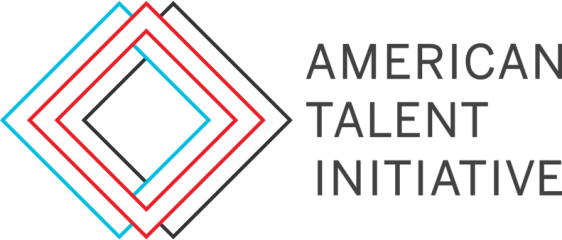Photo by University of Illinois Urbana-Champaign/Fred Zwicky
The American Talent Initiative (ATI) was founded in 2016 on the belief that high-graduation-rate institutions can collectively expand access for tens of thousands of high-achieving, lower-income students across the country. When lower-income students attend these institutions, we know that they are more likely to earn a bachelor's degree, leading to stronger wages and better job prospects throughout their lives.
While gaps in access to the nation's leading colleges pre-dated the pandemic, these disparities have only widened in the past several years for lower-income students and their families. At the same time, the pandemic and economic crisis have tested the ability of higher education institutions nationwide to serve their students and expand access. As we look to move forward as a nation, ATI's goal to increase socioeconomic diversity is as important than ever.
Committing to Aspirational Goals
Before and during the pandemic, ATI members that have increased lower-income student enrollment have leaders that prioritize and put resources behind their commitments to expanded opportunity (read about ATI progress to date here). To address both the pre-COVID and COVID-era declines in Pell enrollment, the ATI steering committee asked all ATI presidents to reaffirm their commitment to increasing access and opportunity for lower-income students.
This effort is called the "Accelerating Opportunity campaign," mobilizing members to pledge to public, aspirational lower-income student enrollment goals based on their 2019-20 enrollment levels. By fall of 2023, of the 137 institutions that reported data, 90 have met or are making progress towards their goals. Another 19 institutions have experienced declines but continue to maintain Pell shares well above their sector averages, while 28 have not made progress or are declining.
After drops in the pandemic years, ATI members added 8,163 additional low-income students from fall 2022 to fall 2023. Of particular note: Since our 2016 beginning, ATI institutions have enrolled an additional 18,100 Pell students.
See below for the share of members on track to realize their commitments:
Progress Toward Accelerating Opportunity Goals (2019-20 to 2023-24)
Of the 35 members aiming for a lower-income enrollment goal between 15 and 20 percent:
- 11 have met or exceeded their goal
- 18 are making progress but have not yet met their goal
- 6 are not making progress toward their goal
Of the 45 members aiming for a lower-income enrollment goal of at least 20 percent:
- 11 have met or exceeded their goal
- 23 are making progress but have not yet met their goal
- 11 are not making progress toward their goal
Of the 57 Members aiming to maintain at least 20 percent lower-income enrollment:
- 27 have done just that, with 10 increasing enrollment
- 19 have seen declines but are maintaining above sector averages
- 11 have declined below the average for their sector
Select Institutional Commitments
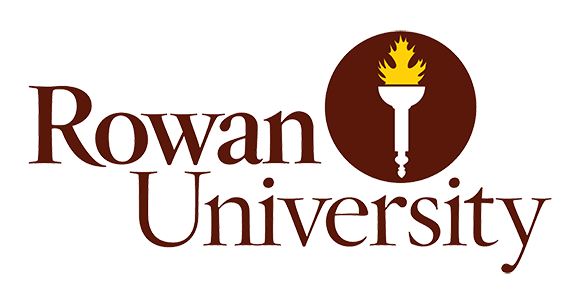
Rowan’s strategies to maintain its Pell enrollment levels focus heavily on affordability, including reducing student debt and limiting tuition increases to the rate of inflation. Rowan also provides multiple degree pathways for students, including innovative 3+1 programs in which undergraduates complete 3 years of coursework at the community colleges and one year while matriculated at Rowan. Rowan is also growing support for Pell students via emergency funds and completion grants to help more students stay enrolled and graduate.

Muhlenberg College commits to continue enrolling at least 20% Pell eligible students in each first-year cohort and graduating them at a rate of 90% or better. In addition to its traditional recruitment efforts, the College has forged agreements with seven area community colleges to ensure that a pipeline of talented local and regional students can access a competitive liberal arts education through accelerated degree programs. The future holds additional expansion; the College continues to dedicate increased shares of philanthropy to funding need-based financial aid.
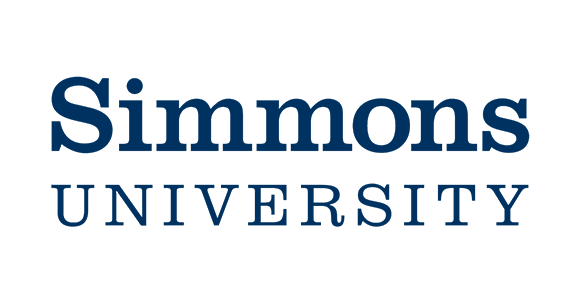
Simmons has committed to maintain Pell enrollment of at least 20%, and improve retention and graduation rates. To reach these goals, Simmons recently launched its Building the Future strategic plan, which includes a reimagining of its Center for Student Success and Division of Student Affairs and redoubled commitment to inclusive excellence. At Simmons, that commitment is evident through the Institute of Inclusive Leadership, which focuses on comprehensive support and empowerment of women from underrepresented backgrounds.

William & Mary is striving to increase in-state Pell enrollment to 20% by 2025, with the continued aim of meeting full need for all in-state students even as enrollment grows. To achieve this goal, W&M will implement enhanced, in-state financial aid packaging models that focus on grants over loans, and improve clarity about affordability for Pell-eligible students. Additionally, they will build on the success of a recent fundraising campaign to drive total scholarship gifts to $375 million by 2025.

Vanderbilt aims to increase its share of undergraduate Pell students to 20% by 2025 and continue to retain Pell students at 97%. To bolster its efforts, Vanderbilt will continue to meet 100% of students’ demonstrated financial need without loans through Opportunity Vanderbilt.

SMU has made significant gains in just the last two years, enrolling an additional 150 Pell-eligible students. This progress is driven by an institution-wide effort to increase its Pell share to 15% and boost the six-year graduation rate of Pell students to equal or surpass non-Pell students by Fall 2025. Additionally, through Access SMU, a scholarship program targeting first-generation students and those from lower-income backgrounds in Texas, SMU is raising awareness of the experiential and educational opportunities available at SMU. Need-based aid and financial resources are dedicated so students can participate in SMU’s high-impact opportunities at the same rate as their peers.

Lehigh has set clear goals to broaden access, increasing its Pell share to 20 percent by expanding partnerships with community-based organizations and committing to double community college transfer enrollment. Beyond access, Lehigh aims to reduce equity-based gaps for students across their higher education experience, including their sense of belonging, graduation rates, and postgraduate education and employment rates. To bridge these disparities, Lehigh is working to reduce barriers to high-impact, experiential learning and research opportunities and connect students to scholarly awards.
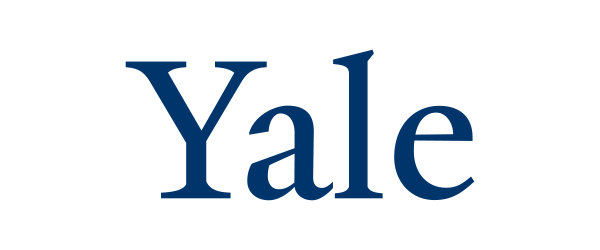
Having already achieved an increase in Pell share in its undergraduate student body from 13 to 17%, Yale aims to increase the total Pell share to 20% by Fall 2025, representing approximately 1,240 Pell students; a more than 70% increase in the number of Pell-eligible students enrolled in fall 2015. To make that jump, Yale has planned aggressive, innovative outreach campaigns that emphasize affordability, dedicated programs for first-generation and lower-income students led by current students from shared backgrounds, and sustaining recently expanded strategic partnerships with Questbridge and College Board.

As a part of its recommitment, the University of Michigan will seek to make continued increases in its Pell enrollment and reduce the five-point Pell graduation gap through Fall 2025. In support of these aspirational goals, Michigan will increase funds to support awareness-building for its Go Blue Guarantee, a full tuition scholarship for in-state students, and the Victors Award, which closes the financial aid gap for out-of-state students from lower-income backgrounds.
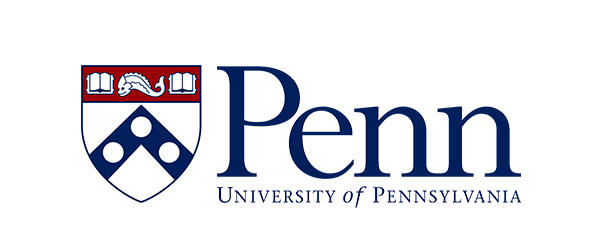
Penn is focused on making meaningful progress toward a Pell share of 20% in its undergraduate student body and closing graduation gaps among Pell students. To accelerate that progress, Penn will build out its outreach and programming for students from lower-income backgrounds, highlight its commitment to meeting 100% of demonstrated financial need without loans, and continue to expand Penn First Plus, a hub for students from first-generation and lower-income backgrounds to access academic, financial, and personal support.
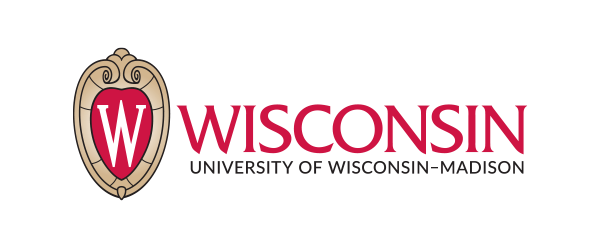
Wisconsin aims to build on the gains in Pell student enrollment it made during the pandemic and make continued progress toward a 20% Pell share, adding more than 200 Pell students for the third year in a row. To maintain that growth, Wisconsin will bolster its partnerships with community-based organizations and continue to invest in its full-need and full-tuition financial aid programs. To support students’ success once they arrive on campus, Wisconsin also plans to expand financial assistance for students enrolled in summer courses and institutional emergency funding.
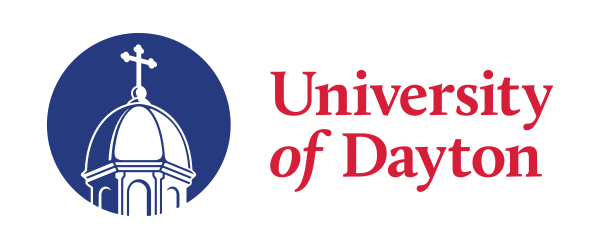
Dayton has committed to an effort to increase the representation of Pell-eligible students in its first-year, first-time cohort to at least 20% by Fall 2025 and Pell-eligible students overall to 19% by that time. To realize those goals, Dayton is expanding its network of high school, community-based, community college, and veteran-based partnerships. Alongside this strategy, Dayton will continue to invest in the growth of signature initiatives like the Flyer Promise Scholars program and University of Dayton Sinclair Academy.
139 Institutions have joined the Accelerating Opportunity campaign, signing a commitment to support these goals.
as of January 2024
